PART – 1
ABM – Anti-Ballistic Missile
- Ballistic missiles are used to deliver nuclear, chemical, biological, or conventional warheads in a ballistic flight trajectory.
- A missile that counters this ballistic missile is called an ABM.
- The Prithvi Air Defence (PAD) is an anti-ballistic missile developed to intercept incoming ballistic missiles outside the atmosphere (exo-atmospheric).
AFSPA – Armed Forces Special Powers Act
- It is an act of the Parliament of India that grant special powers to the Indian Armed Forces the power to maintain public order in “disturbed areas”.
- Presently it is operational in entire States of Assam, Nagaland, Manipur (except Imphal Municipal area), and few areas of Arunachal Pradesh; and Jammu and Kashmir and Ladakh.
ALH – Advanced Light Helicopter
- The program for an indigenous 5-ton multirole helicopter was initiated in May 1979 by the Indian Air Force and Indian Naval Air Arm. HAL were given a contract by the Indian government in 1984 to develop the helicopter.
- HAL Rudra and HAL Dhruv are the ALH helicopters of India.
AR – Assam Rifles
- Oldest paramilitary force of India.
- It is under the control of the Indian Ministry of Home Affairs (MHA) and has been guarding the Indo–Myanmar barrier as per the government policy “one border one force”.
- There are currently 46 battalions of Assam Rifles with a sanctioned strength of 63,747 personnel.
ASAT – Anti-Satellite Weapon
- These are space weapons designed to incapacitate or destroy satellites for strategic military purposes.
- Only the United States, Russia, China, and India have demonstrated this capability successfully.
- On 27 March 2019, India tested its ASAT missile (Mission Shakti) destroying a pre-determined target of a live satellite. The DRDO’s ballistic missile defence interceptor was used on an Indian satellite for the test. Microsat-R is the suspected target of the Indian ASAT experiment.
ASLV – Augmented Satellite Launch Vehicle
- It was a Small-lift launch vehicle five-stage solid-fuel rocket developed by the Indian Space Research Organisation to place 150 kg satellites into LEO.
- The payloads of ASLV were Stretched Rohini Satellites.
- Total launches = 4 (failures = 2, partial failure = 1, success = 1).
AWACS – Airborne Warning and Control System
- It is a mobile, long-range radar surveillance and control centre for air defense developed by the U.S. Air Force.
- It is mounted in a specially modified Boeing 707 aircraft.
- Modern AWAC systems can detect aircraft from up to 400 km away, well out of range of most surface-to-air missiles.
- One AWACS aircraft flying at 9,000 m can cover an area of 3,12,000 km2. Three such aircraft in overlapping orbits can cover the whole of Central Europe.
BMDS – Ballistic Missile Defence System
- The Indian Ballistic Missile Defence Program is an initiative to develop and deploy a multi-layered ballistic missile defence system to protect India from ballistic missile attacks.
- You may note that the purpose is defense (by intercepting a ballistic missile) and not attack/offense.
BRO – Border Roads Organization
- It develops and maintains road networks in India’s border areas and friendly neighboring countries.
- It is a civil engineering institution responsible to provide civil (construction) engineering cover to the Armed Forces of India, during war and peace.
- Daporijo Bridge across Subansiri river in Arunachal Pradesh inaugurated under the BRO on 20th April 2020.
BSF – Border Security Force
- It is the border guarding organisation of India. It is one of the seven Central Armed Police Forces of India.
- It guards the Indo-Pakistan and Indo-Bangladesh border.
- It was raised in the wake of the 1965 War on 1 December 1965, “for ensuring the security of the borders of India and for matters connected there with”.
- Founder: Khusro Faramurz Rustamji
CAA – Civil Aviation Authority
- The Directorate General of Civil Aviation is the statutory body formed under the Aircraft Bill, 2020.
- This directorate investigates aviation accidents and incidents. It is headquartered along Sri Aurobindo Marg, opposite Safdarjung Airport, in New Delhi.
- It works under the Ministry of Civil Aviation under the Government of India.
CAIR – Centre for Artificial Intelligence & Robotics
- It is a laboratory of the Defence Research & Development Organization.
- Located in Bangalore, Karnataka.
- It is involved in the Research & Development of high-quality secure Communication, Command and Control, and Intelligent Systems.
CISF – Central Industrial Security Force
- It is a Central Armed Police Force in India set up under an Act of the Parliament of India on 10 March 1969 with a strength of 2,800.
- CISF was subsequently made an armed force of the Republic of India by another Act of Parliament passed on 15 June 1983.
- Current DG: Rajesh Ranjan IPS
CRPF – Central Reserve Police Force
- India’s largest Central Armed Police Force.
- It functions under the authority of the Ministry of Home Affairs of the Government of India.
- The CRPF’s primary role lies in assisting the State/Union Territories in police operations to maintain law and order and counter insurgency.
- Current DG: Anand Prakash Maheshwari.
DPSA – Deep Penetration Strike Aircraft
- The term penetration fighter has been used to describe a long-range fighter aircraft designed to penetrate enemy air defences and attack defensive interceptors.
- India has SEPECAT Jaguar as its DPSA.
- The No. 16 squadron of IAF was re-equipped with SEPECAT Jaguars.
DRDO – Defence Research and Development Organisation
- DRDO is the R&D wing of Ministry of Defence, Govt of India, with a vision to empower India with cutting-edge defence technologies and a mission to achieve self-reliance in critical defence technologies and systems.
- Motto – Balasya Moolam Vignanam (The Source of Strength is Science).
- Founded in 1958.
- Chairman: Dr. G. Satheesh Reddy.
PART – 2
DFDR – Digital Flight Data Recorder
- It is an electronic recording device placed in an aircraft for the purpose of facilitating the investigation of aviation accidents and incidents.
- However, it is generally orange in colour, people usually refer to it as ‘black box’.
FBI – Federal Bureau of Investigation
- It is the domestic intelligence and security service of the United States and its principal federal law enforcement agency.
- Headquarters: Washington DC, US
- Founded: 26 July 1908
- Founders: J. Edgar Hoover, Charles Joseph Bonaparte, Theodore Roosevelt
FLAG – Fibre Optic Link Around the Globe
- It is a 28,000-kilometre-long fibre optic mostly-submarine communications cable that connects the United Kingdom, Japan, India, and many places in between.
- The cable is operated by Global Cloud Xchange. The system runs from the eastern coast of North America to Japan.
GATT – General Agreement on Tariffs and Trade
- It is a legal agreement between many countries, whose overall purpose was to promote international trade by reducing or eliminating trade barriers such as tariffs or quotas.
- This comes under the World Trade Organisation.
- Location: Geneva, Switzerland
- Signed: 30 October 1947
GPS – Global Positioning System
- It is a satellite-based radio navigation system owned by the United States government and operated by the United States Space Force.
- Satellites in orbit: 31
- Total satellites: 33
- Orbital height: 20,180 km (12,540 mi)
- Accuracy: 500–30 cm (20–1 ft)
- First launch: February 1978; 42 years ago
GNSS – Global Navigation Satellite System
- It is an umbrella term that encompasses all global satellite positioning systems.
- This includes constellations of satellites orbiting over the earth’s surface and continuously transmitting signals that enable users to determine their position.
- It allows small electronic receivers to determine their location to high precision using time signals transmitted along a line of sight by radio from satellites.
GSLV – Geosynchronous Satellite Launch Vehicle
- It is an expendable launch system operated by the Indian Space Research Organisation (ISRO).
- GSLV was used in thirteen launches from 2001 to 2018, with more launches planned.
- Even though GSLV Mk III shares the name, it is an entirely different launcher.
- GSLV is a medium lift launch vehicle.
HAL – Hindustan Aeronautics Limited
- Indian state-owned aerospace and defence company headquartered in Bengaluru, India.
- It is governed under the management of the Indian Ministry of Defence.
- Founder: Walchand Hirachand
- Founded: 23 December 1940.
IAAI – International Airports Authority of India
- It is a statutory body (created through the Airports Authority of India Act, 1994) working under the Ministry of Civil Aviation.
- It provides Communication Navigation Surveillance / Air Traffic Management (CNS/ATM) services over Indian airspace and adjoining oceanic areas.
- Founded: 1 April 1995
- Chairman: Arvind Singh
IAEA – International Atomic Energy Agency
- An international organization that seeks to promote the peaceful use of nuclear energy, and to inhibit its use for any military purpose, including nuclear weapons.
- Headquarters: Vienna, Austria
- Head: Rafael Grossi
- Founded: 29 July 1957
- Membership: 171 Member States
- Subsidiary: International Nuclear Safety Group
ICAO – International Civil Aviation Organisation
- A specialized agency of the United Nations.
- It changes the principles and techniques of international air navigation and fosters the planning and development of international air transport to ensure safe and orderly growth.
- Headquarters: Montreal, Canada
- Founded: 1944
- Head: Fang Liu
- Formation: 4 April 1947; 73 years ago
- Parent organization: United Nations Economic and Social Council
IMO – International Maritime Organisation
- Known as the Inter-Governmental Maritime Consultative Organization until 1982, is a specialised agency of the United Nations responsible for regulating shipping.
- Headquarters location: London, United Kingdom
- Head: Kitack Lim
- Founder: United Nations
- Founded: 17 March 1948
- Parent organization: United Nations Economic and Social Council
INSAS – Indian Small Arms System
- It is a family of infantry arms consisting of an assault rifle and a light machine gun.
- It is manufactured by the Ordnance Factories Board at Ordnance Factory Tiruchirappalli, Small Arms Factory Kanpur and Ishapore Arsenal.
- The INSAS assault rifle is the standard infantry weapon of the Indian Armed Forces.
INSAT – Indian National Satellite
- Hindi: भारतीय राष्ट्रीय उपग्रह प्रणाली
- It is a series of multipurpose geostationary satellites launched by ISRO to satisfy the telecommunications, broadcasting, meteorology, and search and rescue operations.
- Commissioned in 1983, INSAT is the largest domestic communication system in the Indo-Pacific Region.
IRBM – Intermediate Range Ballistic Missile
- It is a ballistic missile with a range of 3,000–5,500 km, between a medium-range ballistic missile and an intercontinental ballistic missile.
- All ballistic missiles follow ballistic trajectories.
IRSS – Indian Remote Sensing Satellite
- India’s remote sensing program was developed with the idea of applying space technologies for the benefit of humankind and the development of the country.
- The program involved the development of three principal capabilities.
- To design, build and launch satellites to a sun synchronous orbit.
- To establish and operate ground stations for spacecraft control, data transfer along with data processing and archival.
- To use the data obtained for various applications on the ground.
ISRO – Indian Space Research Organisation
- Space agency of the Government of India
- Headquarters: Bengaluru
- Founder: Vikram Sarabhai
- Founded: 15 August 1969
- Parent organisation: Department of Space
- Director: Kailasavadivoo Sivan
- Subsidiary: Vikram Sarabhai Space Centre
PART – 3
LCA – Light Combat Aircraft
- A light multirole jet military aircraft most coming from advanced trainers that have been modified or designed for engaging in light combat missions, either in light strike or attack missions, reconnaissance or interdiction roles while some keeping its trainer role.
- India has LCA HAL Tejas.
- HAL Tejas has a unique delta wing design designed by HAL and ADA.
LOC – Line of Control
- It is de facto border shared by India and Pakistan, dividing Kashmir controlled by India and Kashmir controlled by Pakistan.
- LoC has its roots in the ceasefire lines which were drawn up in 1948 (first war between India and Pakistan). It was formally accepted by both Indian and Pakistani government in 1972 (in Simla Agreement), after a third war between India and Pakistan in 1971.
- LoC is neither internationally recognised nor it has any legal status. It is demarcated by the militaries.
LOAC – Line of Actual Control
- A demarcation line that separates Indian-controlled territory from Chinese-controlled territory in the former princely state of Jammu and Kashmir, formed after the 1962 war.
- The term “LAC” gained legal recognition in Sino-Indian agreements signed in 1993 and 1996.
- In October 2013, India and China signed a border defence cooperation agreement to ensure that patrolling along the LAC does not escalate into armed conflict.
LTA – Light Transport Aircraft
- An aircraft that has a maximum gross takeoff weight of 12,500 lb. (5,670 kg) or less. Light aircraft are used commercially for passenger and freight transport, sightseeing, photography, and other roles, as well as personal use.
- The NAL Saras is the first Indian multi-purpose civilian aircraft in the light transport aircraft category.
METSAT – Meteorological Satellite
- Kalpana-1 was the first dedicated meteorological satellite launched by ISRO using PSLV on 12 September 2002.
- Launch site: Satish Dhawan Space Centre, Sriharikota, Andhra Pradesh.
- The satellite is three-axis stabilized and is powered by solar panels, getting up to 550 watts of power.
MTCR – Missile Technology Control Regime
- It is an informal political understanding among 35 member states that seek to limit the proliferation of missiles and missile technology. The regime was formed in 1987 by the G-7 industrialized countries.
- Founder: Japan
- Founded on April 1987.
- The Missile Technology Control Regime (MTCR) held its 32nd Plenary Meeting in Auckland from 7th to 11th October 2019.
NASA – National Aeronautics and Space Administration
- An independent agency of the United States Federal Government responsible for the civilian space program, as well as aeronautics and aerospace research.
- Headquarters: Washington, D.C., United States
- Preceding agency: NACA (1915–1958);
- Founder: Dwight D. Eisenhower
- Founded: 29 July 1958, United States
- Administered by Jim Bridenstine
NATO – North Atlantic Treaty Organization
- Also called the North Atlantic Alliance, is an intergovernmental military alliance between 30 North American and European countries. The organization implements the North Atlantic Treaty that was signed on 4 April 1949.
- Chairman of the NATO Military Committee: Air Chief Marshal Stuart Peach, Royal Air Force
- Supreme Allied Commander Europe: General Tod D. Wolters, United States Air Force
- Headquarters: Brussels, Belgium
- Abbreviation: NATO, OTAN
- Founded: 4 April 1949, Washington, D.C., United States
OSCE – Organization for Security and Cooperation in Europe
- World’s largest security-oriented intergovernmental organization.
- Its mandate includes issues such as arms control, promotion of human rights, freedom of the press, and fair elections.
- Founded: 1 August 1975, Helsinki, Finland
- Official languages: English, French, German, Italian, Russian, Spanish
- Headquarters: Vienna, Austria
- Membership: 57 participating countries; 11 partners for co‑operation
POTA – Prevention of Terrorism Act
- Act passed by the Parliament of India in 2002, with the objective of strengthening anti-terrorism operations.
- The Act was enacted due to several terrorist attacks that were being carried out in India and especially in response to the attack on the Parliament.
- Repealed: 21 September 2004
- Passed: 26 March 2002
- Enacted by: Joint session of Parliament
PSLV – Polar Satellite Launch Vehicle
- A third-generation rocket launcher designed by the ISRO.
- It is an expendable launch vehicle which can place remote sensing satellites into sun synchronous orbit (SSO) and small sized spacecraft into geostationary transfer orbit.
- First flight: 20 September 1993
- Stages: 4
- Manufacturer: Indian Space Research Organisation
- Total launches: 50
- Cost per launch: $21–31 million ₹130–200 crore
RDSS – Radio Determination Satellite Service
- A radiocommunication service for the purpose of radiodetermination involving the use of one or more space stations.
- Radiodetermination is “the determination of the position, velocity or other characteristics of an object, or the obtaining of information relating to these parameters, by means of the propagation properties of radio waves.”
RLV – Reusable Launch Vehicle
- A launch system that includes the recovery of some or all the component stages. To date, several fully reusable suborbital systems and partially reusable orbital systems have been flown.
- First RLV, Space Shuttle, was made by NASA.
- SpaceX CEO Elon Musk, said if one can figure out how to reuse rockets like airplanes, the cost of access to space will be reduced by as much as a factor of a hundred.
- RLV-TD is India’s first uncrewed flying testbed developed for the ISRO’s RLV Technology
STARS – Satellite Tracking and Ranging Station
- During 1976, a Satellite Tracking And Ranging Station (STARS) was established at Kavalur with Ruby Laser Radar and an Optical Tracking Camera by ISRO.
- ISRO Telemetry Tracking and Command Network (ISTRAC) was established on September 06, 1976 for facilitating to-and-fro communication conduit for launch vehicles and satellites of ISRO.
- STARS works under ISTRAC.
START – Strategic Arms Reduction Treaty
- Type: Strategic nuclear disarmament
- Drafted: 19 May–9 November 2009
- Signed: 8 April 2010
- Location: Prague, Czech Republic
- Effective: 5 February 2011[1][2]
- Condition: Ratification of both parties
- Expiration: 5 February 2021 (Option to extend until 2026)
- Signatories: United States & Russian Federation
UAV – Unmanned Aerial Vehicle
- An aircraft without a human pilot on board and a type of unmanned vehicle.
- UAVs are a component of an unmanned aircraft system; which include a UAV, a ground-based controller, and a system of communications between the two.
- DRDO Rustom, Heron, etc. are some of the UAVs India possesses.
UUV – Unmanned Underwater Vehicle
- UUVs are also called AUVs – Autonomous Underwater Vehicles.
- AUV-150 is developed by Central Mechanical Engineering Research Institute (CMERI) scientists in Durgapur in the Indian state of West Bengal.
- Maya AUV is an autonomous underwater vehicle (AUV), developed by the Marine Instrumentation Division at the National Institute of Oceanography (NIO), India.
UNSC – United Nations Security Council
- One of the six principal organs of the United Nations, charged with ensuring international peace and security, recommending that the General Assembly accept new members to the United Nations, and approving any changes to its charter.
- Headquarters: New York, New York, United States
- Founded: 24 October 1945
- Subsidiaries: MINUSCA, United Nations Security Council Counter-Terrorism Committee
- Parent organization: United Nations

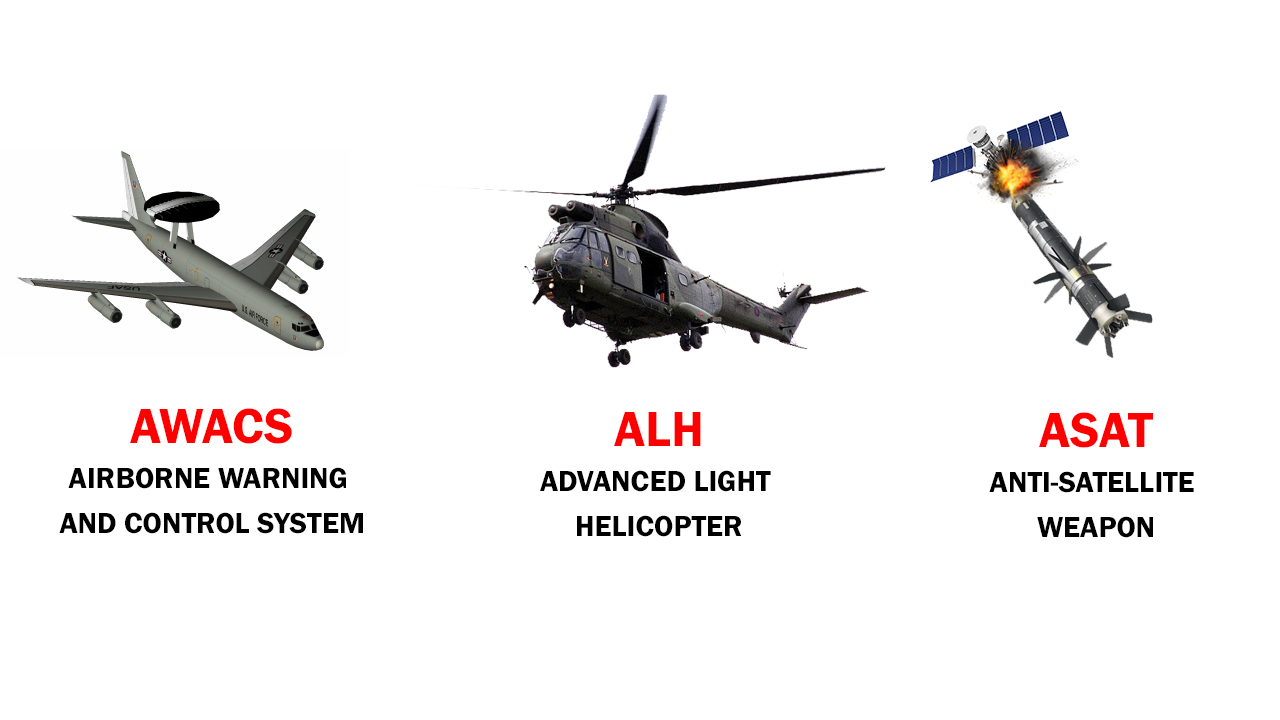

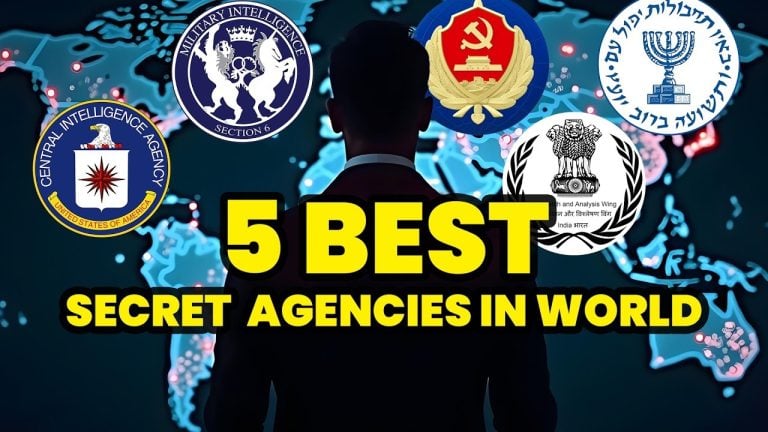
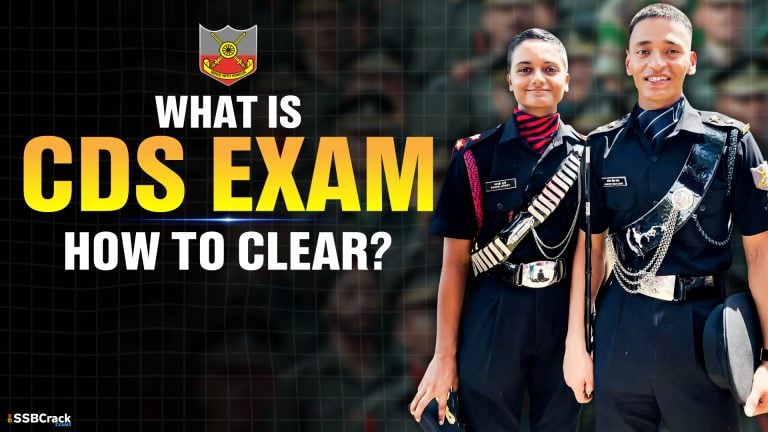
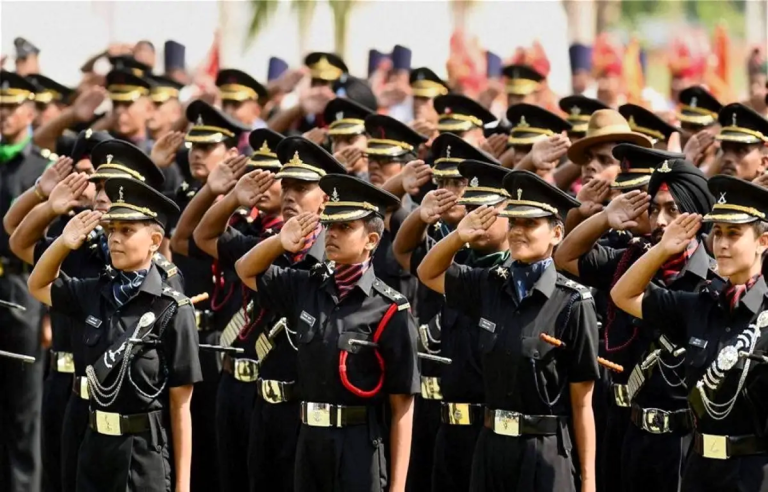
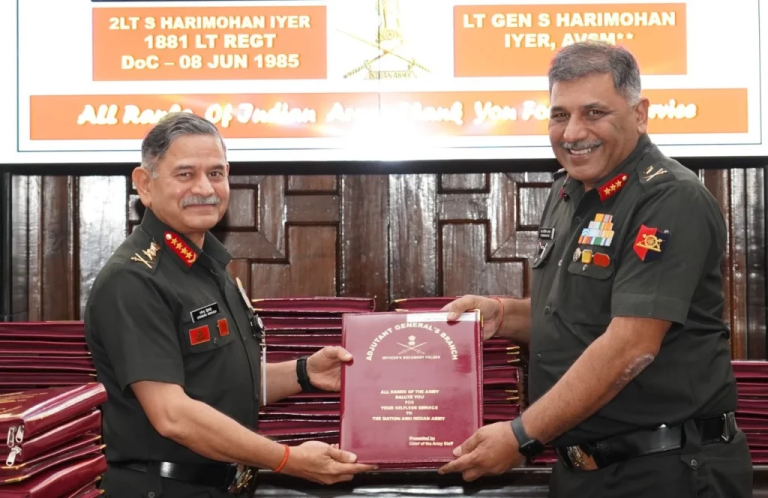
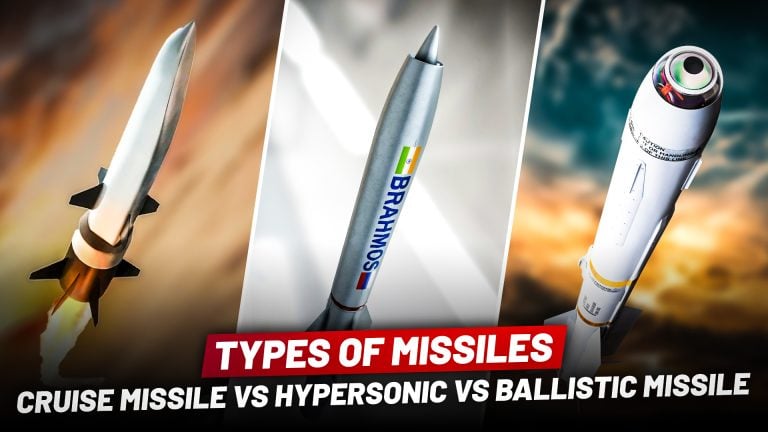
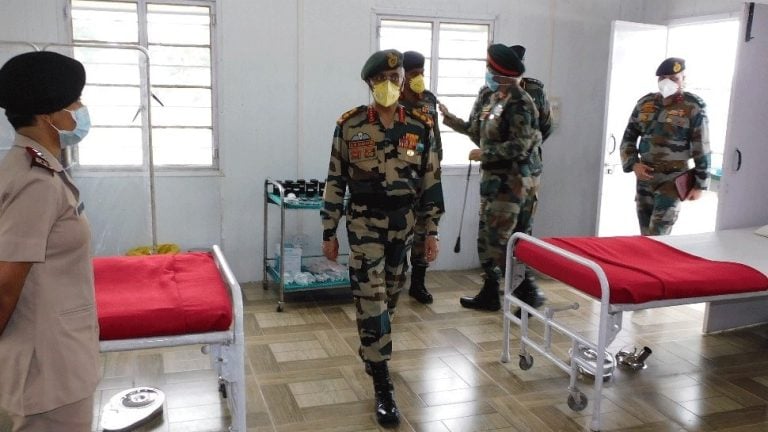


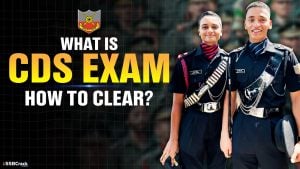
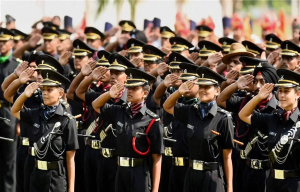
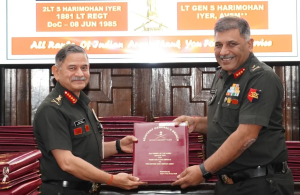


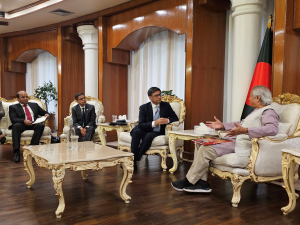
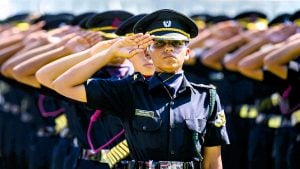

😊🔗🦾🤑🤑🤑🤑📸📸😍😍😍🤣🤣😂😂👍🥰🥰